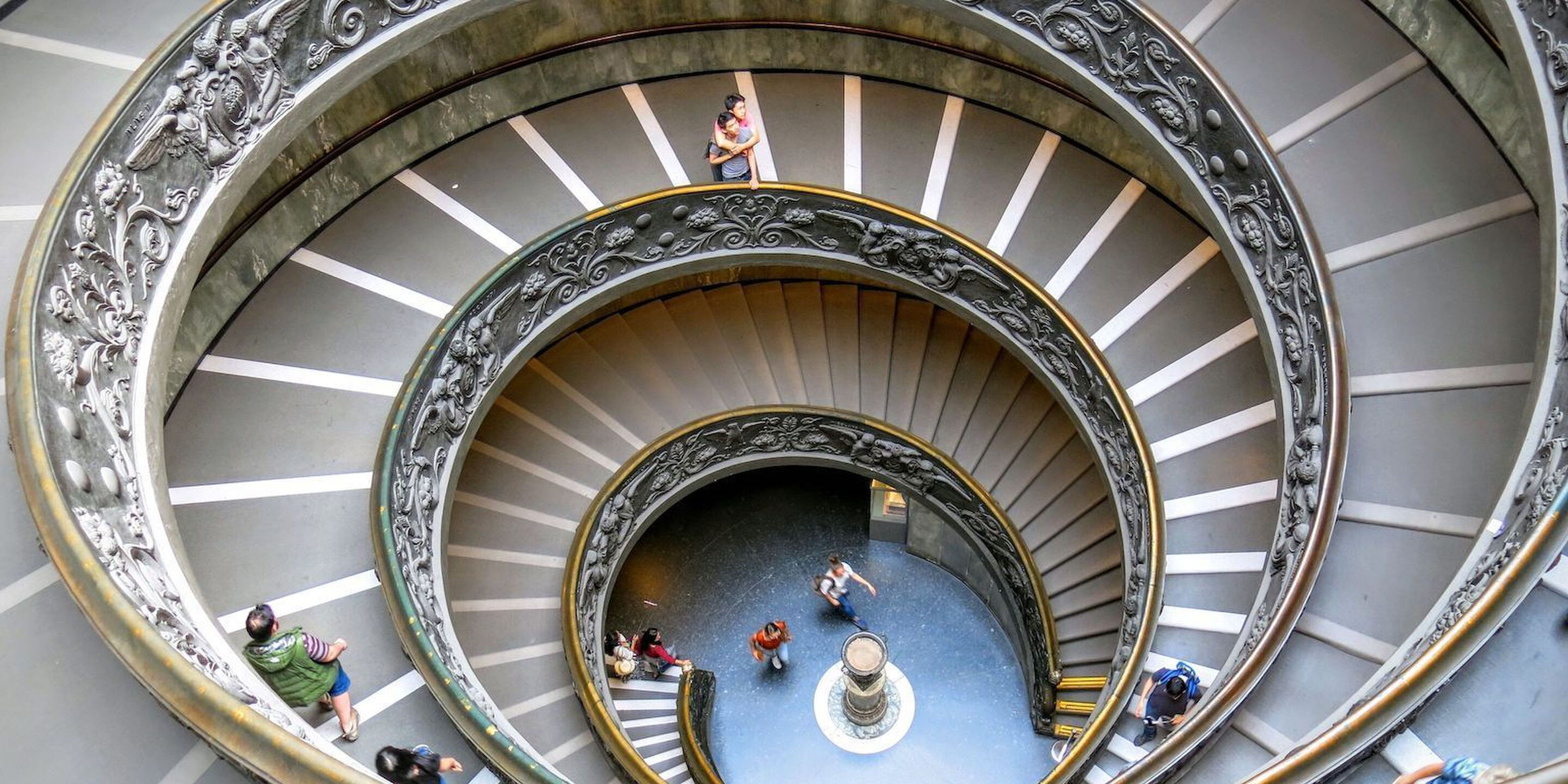Flywheel: continue where the funnel stops

We all probably know them: funnels. The funnel someone goes through; from getting to know your brand to true brand ambassadors. But what if you could apply the funnel company-wide, and recycle invested energy? We'd love to tell you more about that, read this blog about funnels and flywheel now!
Funnels
Funnels are probably something we are all familiar with. The funnels through which we get our visitors to become customers or even true ambassadors of your brand. Like any funnel, you start big, there are many people who are familiar with your brand. Each stage, this large group of people gets a little smaller, until you only have a handful of people who want to buy from you and another smaller group of people who keep buying from you repeatedly.
However, funnels certainly don't just focus on bringing in leads to convert them into customers. At Sterc, we use the branding, leads, sales, service and recruitment funnel.

So with these funnels, you focus not only on bringing in new leads, but also on branding your business, finding new employees and improving your service. So each funnel focuses on a specific goal of your strategy. Funnels are therefore also an essential part of our Sterc strategic model.
Want to get started on your strategy? Then download the Sterc model now and get to your online strategy in four steps.

Flywheel
The biggest drawback of the funnel is just the end of the funnel. Very nice that you have 'brought in' a new customer or employee, but what do you do after that? And that's what HubSpot created the flywheel for. With this, you not only let leads become customers, but you make sure they stay involved with your brand. You take them one step further after the sales phase. Namely to the delight phase. A phase in which you constantly re-support the customer, start new projects with them and enter into an ongoing cooperation with them.
Force & Friction
The flywheel can also be driven and stopped. Powering the flywheel is done by the energy, the 'force', that you put into it in your activities towards leads and customers. Think of giving events, sending newsletters, having a live chat, or something completely different. Anything that helps you and your customer move forward is seen as force.
But there are also things that counteract the flywheel, friction. You get friction when certain things don't help your customer or lead. Think of a website that is not mobile-friendly or very slow, advertisements that are totally unresponsive to the customer's needs or long forms you have to fill in to get something. So friction is something you need to avoid as much as possible, in order to help your customer as much as possible and keep the flywheel spinning as hard as possible.
A continuous collaboration
Because you use the flywheel to continuously bring in leads, convert them into customers and then keep helping your customers continuously, the flywheel can be used company-wide. Just as our Sterce funnels focus not only on sales, but also on service and recruitment, for example, with HubSpot's flywheel you work together with all departments. This collaboration will ultimately ensure that you help your customer in the best possible way. And that's what inbound marketing is all about.

